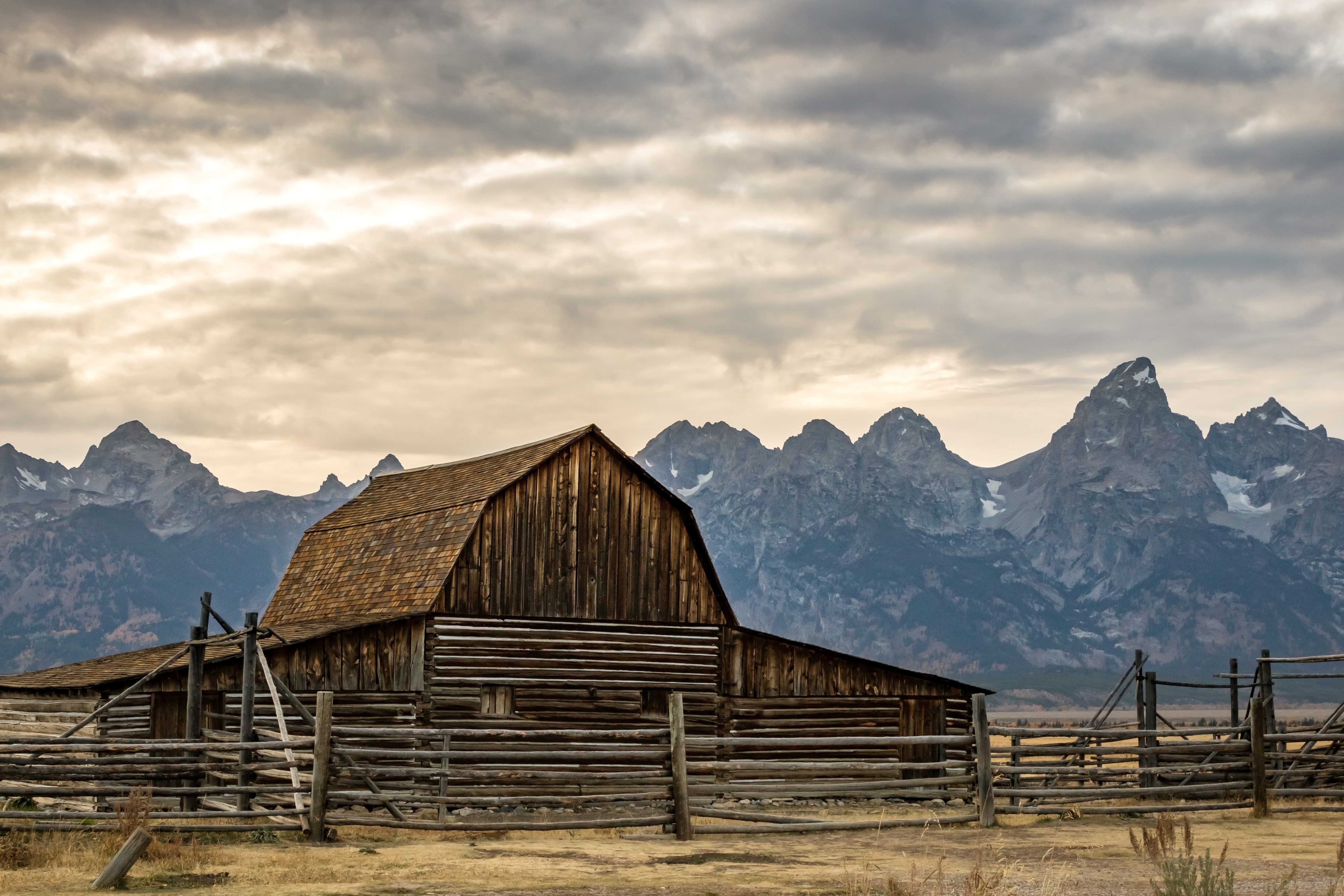Using LiDAR imagery to locate historic-era homesteads and irrigation features of the Mormon Row, Antelope Flats, and dry farms historic landscapes, Grand Teton National Park, Teton County, Wyoming
Abstract
GIS analysis of LiDAR imagery facilitated a modified NHPA Section 110 Class II survey and inventory performed in the summer of 2016 resulting in the identification of hundreds of fragmentary, relict, and extant cultural resources located in the vicinity of the Mormon Row Historic District (MRHD; 48TE1444) between June 6 and August 10, 2016. Correct identification and association of newly located cultural resources with persons, historic-era homesteads, and historic events is a complex and lengthy process requiring thorough artifact analysis and substantial background, ethnologic, and archival (contextual) research to make recommendations of significance, eligibility, and/or inclusion as contributing elements or not to the MRHD. Moving from the artifact scale to the site, feature, or historic district scale is a scalar process. Once at the site or historic district scale, it may be appropriate to ask whether the cultural resources can be addressed at a landscape scale, and ask new research questions such as: What if one were to consider all the cultural resources–prehistoric, historic, and natural–together? Are there theories and/or methodologies that can accommodate multiple layers of cultural resources and time frames and result in interpretations that are meaningful for present and future cultural resources management praxis?
Featured photo by Tim Peterson on Unsplash. https://unsplash.com/photos/Ab6ksdu5Q7k

